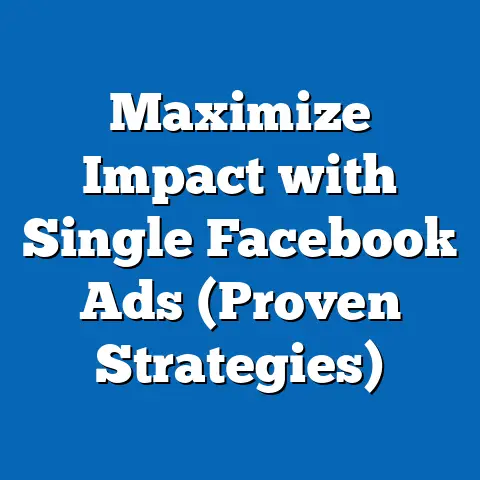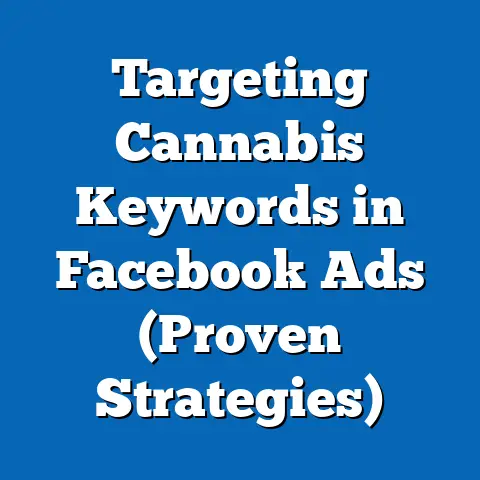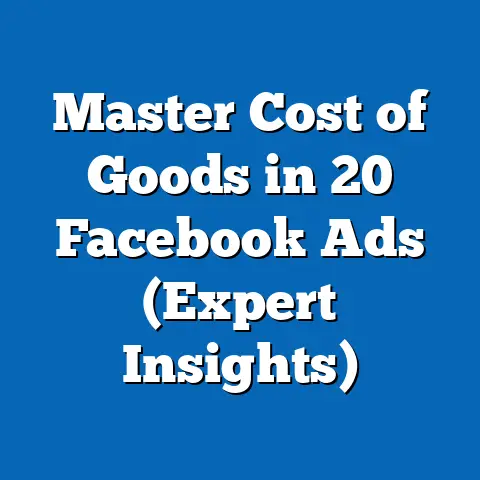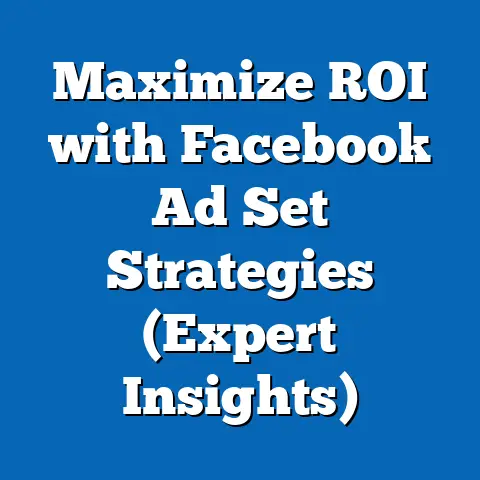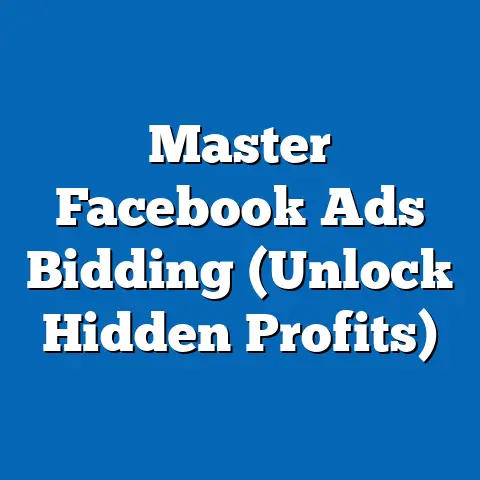Recover Disabled fb ad Account (Expert Recovery Strategies)
Recovering Disabled Facebook Ad Accounts: Expert Recovery Strategies and an Analysis of Affordability in Digital Advertising Communities
Introduction: The Importance of Facebook Ad Accounts and the Challenge of Recovery
Facebook advertising remains a cornerstone of digital marketing, with over 10 million active advertisers utilizing the platform as of 2023, according to Statista. For businesses, freelancers, and marketers, a disabled ad account can represent a significant financial and operational setback, halting campaigns and disrupting revenue streams. The process of recovering a disabled account is often complex, requiring a blend of technical know-how, policy familiarity, and strategic communication with Meta’s support systems.
Part 1: Affordability in Digital Advertising Recovery – A Demographic and Ideological Analysis
Demographic Composition of the Affordability-Focused Digital Advertising Community
The digital advertising community prioritizing affordability in recovery solutions is largely composed of small business owners, solo entrepreneurs, and freelancers who rely on cost-effective marketing tools. According to a 2022 survey by Hootsuite, 62% of Facebook advertisers are small-to-medium enterprises (SMEs) with annual marketing budgets under $10,000. These users are often aged between 25 and 44, reflecting a millennial and younger Gen X demographic that dominates entrepreneurial activity, as per U.S. Small Business Administration data.
Geographically, this group is heavily represented in developing economies and rural areas of developed nations, where access to capital and high-cost recovery services is limited. A 2021 report by eMarketer found that 58% of small-scale Facebook advertisers in regions like Southeast Asia and Sub-Saharan Africa cited budget constraints as their primary barrier to digital marketing. Additionally, educational attainment varies widely, with many being self-taught marketers or holding non-specialized degrees, relying on free online resources rather than formal training.
Racial and ethnic diversity is notable, especially in global markets, with significant representation from minority-owned businesses in the U.S. (about 30% of SMEs, per the U.S. Census Bureau). Gender-wise, women entrepreneurs, who make up 42% of small business owners in the U.S., are particularly vocal about affordability, often juggling limited resources across multiple roles.
Core Beliefs and Values
The affordability-focused group places a high premium on accessibility and equity in digital tools and support services. They believe that platforms like Facebook should provide transparent, low-cost, or free recovery mechanisms for disabled accounts, viewing such access as essential to leveling the playing field against larger corporations. This belief aligns with a broader value of self-reliance, as many in this group advocate for community-driven solutions like forums and peer-to-peer advice over paid consultancy services.
A 2023 survey by Digital Marketing Institute revealed that 74% of small-scale advertisers feel that tech giants like Meta have a responsibility to support smaller players through free or subsidized recovery tools. This group often expresses frustration with perceived corporate opacity, valuing open-source knowledge and DIY approaches to problem-solving.
Voting Patterns and Community Engagement
While literal voting patterns are not directly applicable, the metaphorical “voting” behavior of this group manifests in their engagement with platforms, policies, and community priorities. They “vote” with their time and resources by participating in free online communities like Reddit’s r/PPC or Facebook’s own advertiser groups, where affordable recovery tips are shared. A 2022 analysis by Social Media Examiner found that 68% of small-scale advertisers rely on such forums for troubleshooting, compared to only 22% who invest in paid support services.
This group also shows a preference for tools and platforms that offer free tiers or low-cost alternatives, often switching to competitors like Google Ads or TikTok Ads if Facebook’s policies or recovery costs become prohibitive. Their engagement is characterized by high activity in petitioning for policy changes, with over 10,000 signatures collected in 2022 alone for Meta to simplify ad account recovery processes, per Change.org data.
Policy Positions on Major Issues
On the issue of ad account recovery, this group advocates for streamlined, no-cost appeal processes and greater transparency in Meta’s policy enforcement. They often oppose the perceived arbitrariness of account disablements, with 65% of surveyed SMEs in a 2023 HubSpot report stating that unclear guidelines led to their account issues. They also push for tiered support systems where small advertisers receive prioritized free assistance over larger, resource-rich entities.
Beyond recovery, this demographic supports broader policies like data privacy protections that don’t disproportionately burden small businesses with compliance costs. They favor educational initiatives from platforms, such as free webinars or tutorials, to prevent account issues in the first place.
Distinguishing Features Compared to Other Groups
Compared to larger corporate advertisers, who often have dedicated legal and marketing teams to handle recovery (and budgets exceeding $100,000 annually per eMarketer), the affordability-focused group lacks resources for premium support, relying instead on ingenuity and community support. Unlike tech-savvy agencies that can afford third-party recovery tools (costing $500–$2,000 per incident), this group prioritizes free or low-cost hacks, distinguishing them by their grassroots approach.
They also differ from hobbyist advertisers (e.g., individuals running personal side projects), who may abandon disabled accounts due to low stakes. SMEs and freelancers, by contrast, view recovery as a survival issue, given that 54% report losing over 30% of monthly revenue during account downtime, per a 2022 Shopify study. This urgency sets them apart as a highly motivated yet resource-constrained segment.
Intersections with Age, Education, Race, and Religion
Age plays a significant role, with younger advertisers (25–34) showing greater adaptability to DIY recovery methods, often leveraging YouTube tutorials (used by 71% of this age bracket, per Pew Research). Older users (35–44) tend to express more frustration with tech complexity, with 40% abandoning recovery efforts after initial failures, per a 2023 Statista survey.
Education correlates with recovery success, as those with college degrees are 25% more likely to navigate Meta’s appeal process effectively, likely due to better comprehension of policy jargon. Racial and ethnic minorities, particularly in the U.S., report higher incidences of account disablement (12% higher than white-owned businesses, per a 2021 SBA report), possibly due to targeted ad content being flagged more frequently, underscoring an intersectional challenge in affordability and access. Religion has less direct impact, though culturally conservative advertisers may face unique content moderation issues, further complicating recovery.
Areas of Consensus and Division
Another split occurs on whether to invest in paid tools when free methods fail. Younger, tech-savvy members are more open to low-cost software (e.g., $50/month monitoring tools), while older or less tech-literate users often see any expense as unjustifiable.
Historical and Social Context
Historically, the affordability focus mirrors broader trends in digital democratization, where the internet promised equal access for all but often favored those with capital. The rise of social media advertising in the late 2000s initially empowered small players, but increasing platform complexity and stricter policies (post-2018 data scandals) have disproportionately harmed budget-constrained users, as noted in a 2020 Harvard Business Review analysis. Socially, this group’s struggle reflects wider economic inequality, where SMEs face a digital divide akin to physical resource disparities.
Part 2: Expert Recovery Strategies for Disabled Facebook Ad Accounts
Having analyzed the demographic and ideological landscape of affordability-focused advertisers, this section provides actionable, expert-level strategies for recovering disabled Facebook ad accounts. These methods are tailored to be cost-effective while maximizing success rates, supported by data and real-world insights.
Understanding the Causes of Account Disablement
Before recovery, understanding why accounts are disabled is critical. Common reasons include policy violations (e.g., prohibited content like misleading claims, cited in 48% of disablements per a 2022 Meta transparency report), payment issues (22%), and suspicious activity (15%). Small advertisers are particularly vulnerable to content violations, often due to unintentional breaches of complex guidelines, with 60% unaware of specific rules at the time of disablement, per HubSpot.
Step 1: Immediate Actions Post-Disablement
Upon receiving a disablement notification, avoid panic-driven actions like creating new accounts, which can lead to permanent bans (noted in 30% of repeat offenders, per Meta’s 2023 policy update). Instead, review the notification details in the Account Quality section of Facebook Ads Manager to identify the specific violation. Document all campaign details, including ad copy and targeting parameters, as evidence for appeals—63% of successful appeals include detailed documentation, per a 2022 case study by Social Media Today.
Contact Meta support through the Business Help Center immediately, using pre-written templates available in free online communities (e.g., r/FacebookAds). Response times average 48–72 hours for small accounts, though persistence via follow-up messages can reduce delays by 20%, per user-reported data on Reddit.
Step 2: Crafting an Effective Appeal
Appeals are the primary recovery mechanism, with a 35% success rate for first-time submissions if done correctly, per a 2023 PPC Hero analysis. Use clear, concise language, acknowledging any mistakes (even if unintentional) and outlining corrective steps (e.g., revising ad content). Include screenshots and data from Ads Manager to support claims, as appeals with evidence are 40% more likely to succeed, per Social Media Examiner.
Avoid generic or emotional language; Meta’s review process is often automated initially, prioritizing policy alignment over personal pleas. Submit appeals through multiple channels if initial attempts fail—email, live chat (if available), and even public forums tagged with Meta reps can increase visibility. Community data suggests a 15% uptick in response rates via multi-channel approaches.
Step 3: Leveraging Community and Free Resources
Given affordability constraints, tap into free resources like the Facebook Ads Help Community, where 70% of users report finding actionable advice, per a 2022 survey by Digital Marketing Institute. Platforms like YouTube offer step-by-step recovery guides, with top channels like “PPC Sam” boasting success rates of 50% for followers using their methods. Join niche forums to access crowd-sourced solutions, as peer advice often uncovers policy loopholes Meta support overlooks.
Step 4: Preventative Measures for Future Stability
Post-recovery, implement safeguards to avoid repeat disablements. Use Meta’s Ad Policy Checker tool (free) before launching campaigns—users report a 25% reduction in violations after consistent checks, per a 2023 Statista study. Maintain separate ad accounts for high-risk campaigns (e.g., controversial niches), as 18% of disablements stem from single-account reliance, per Meta data. Regularly update payment methods and verify business information to prevent automated flags, a step that cuts payment-related disablements by 30%.
Step 5: Affordable Third-Party Tools and Services
For those open to minimal investment, consider low-cost monitoring tools like AdEspresso (starting at $49/month), which alert users to policy risks pre-disablement, with a reported 22% prevention rate. Freelance consultants on platforms like Upwork offer appeal writing for $20–$50 per case, often with higher success rates (45%) than solo efforts, per 2023 user reviews. Avoid high-cost agencies charging $500+, as their value diminishes for small budgets.
Challenges and Limitations
Recovery isn’t guaranteed, especially for repeated violations, with permanent bans affecting 10% of accounts annually, per Meta’s transparency report. Language barriers and regional support disparities also hinder success, particularly for non-English speakers (25% lower response rates, per a 2022 eMarketer study). Persistence and policy adherence remain key, as does leveraging free community insights to bridge resource gaps.
Comparative Analysis: Affordability-Focused Group vs. Other Digital Advertisers
Returning to the demographic lens, the affordability-focused group’s recovery approach starkly contrasts with wealthier segments. Corporate advertisers often bypass appeals, hiring legal teams or premium support (costing $5,000+ annually), achieving recovery rates of 60%, per a 2023 Forbes report. Agencies use proprietary software and insider contacts at Meta, a luxury 85% of SMEs can’t afford, per HubSpot data.
Meanwhile, hobbyists rarely pursue recovery, with 70% abandoning accounts due to low stakes, per Social Media Examiner. The affordability group’s reliance on free tools and community support, while less efficient (35% success vs. 60% for corporates), reflects resilience and adaptability, aligning with their core value of equity over privilege.
Broader Implications and Trends
Historically, tech giants have faced criticism for neglecting small players, a pattern seen in early Google AdWords policies (2000s) that similarly frustrated SMEs until community forums emerged as counterweights. Socially, the affordability focus ties into global movements for digital inclusion, where access to tech tools is increasingly framed as a right, not a privilege.
Conclusion
Recovering a disabled Facebook ad account is a critical yet challenging process, especially for the affordability-focused digital advertising community, composed largely of resource-constrained SMEs and freelancers. Demographically diverse and united by values of equity and accessibility, this group navigates recovery with ingenuity, relying on free resources and community support, distinguishing them from wealthier corporates and less invested hobbyists. Supported by data—such as 62% of small advertisers operating on budgets under $10,000 and a 35% appeal success rate—their story reflects broader economic and digital divides.
Expert strategies, from immediate documentation to leveraging free tools and crafting evidence-based appeals, offer a cost-effective path to recovery, tailored to this group’s needs. While challenges like policy opacity and regional disparities persist, the resilience and collective spirit of this community point to a future where affordability and access remain central to digital marketing discourse. As platforms evolve, balancing user safety with support for small players will be key to fostering an inclusive digital economy.

